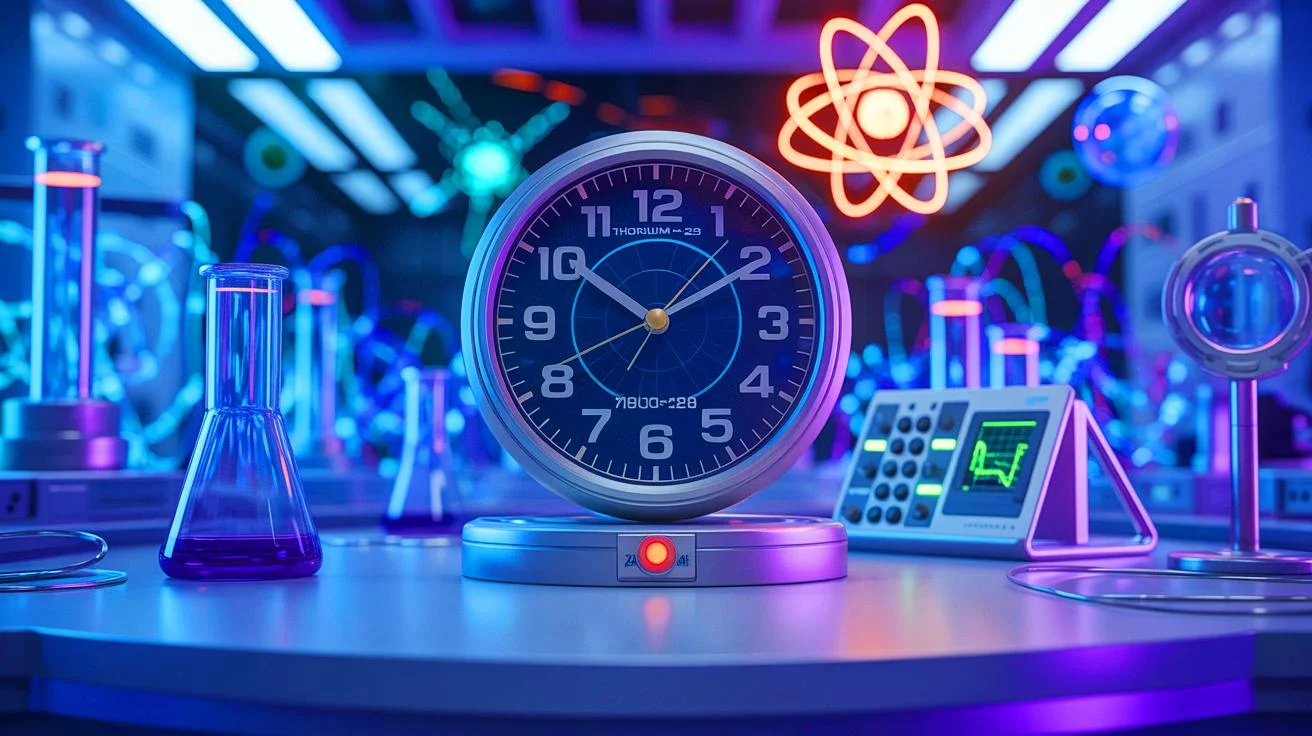By proving that their revolutionary nuclear clock can investigate the fundamental constants of nature with previously unheard-of accuracy, researchers at TU Wien have made a quantum leap in precision timekeeping. The discovery, which was announced on October 15 in Nature Communications, paves the way for the detection of dark matter and the investigation of whether the principles of physics itself hold true across time.
The Vienna-based team has demonstrated that their thorium-229-powered instrument can measure changes in the fine-structure constant, one of nature’s most fundamental parameters, with sensitivity 6,000 times higher than current methods, building on their success in 2024 in developing the first nuclear clock in history. This marks a significant breakthrough in the human race’s attempt to comprehend the universe’s most fundamental processes.
Revising The Precision Rules
The nuclear clock tracks energy changes inside thorium nuclei by peering straight into the atom’s core, in contrast to conventional atomic clocks that keep an eye on electron oscillations. Because of its special low-energy nuclear state, which can be reached using standard lasers, the isotope offers stability that is about 1,000 times higher than that of the most sophisticated atomic clocks available today.
Professor Thorsten Schumm of the Institute of Atomic and Subatomic Physics at TU Wien notes that “when the atomic nucleus changes its state, its shape also changes, and with it its electric field.” Unprecedented sensitivity to electromagnetic interactions is revealed by the team’s measurements of these subtle shape alterations, where the nucleus changes from spherical to slightly elliptical.
The interaction between light and matter in the cosmos is governed by the fine-structure constant, which has a value of about 1/137. Although physicists have long believed that this constant is constant, some hypotheses propose that it might change slightly across space or time, possibly due to the effect of dark matter or other unidentified cosmic forces.
Opening Dark Matter Windows
Because of its exceptional accuracy, the nuclear clock has the potential to be a cosmic sensor that can pick up even the smallest traces of dark matter, the invisible material that makes up around 85% of the universe’s mass. Due to its special characteristics, the thorium nucleus is very susceptible to the types of field oscillations predicted by some dark matter models.
“This shows that the thorium transition we discovered can not only be used to build a new generation of high-precision clocks, but also allows research into new physics that was previously inaccessible experimentally,” Schumm said. Theoretically, the clock might identify variations in fundamental constants as little as one billionth of a percent, providing hitherto unheard-of insight into whether the underlying laws of the cosmos change over time.
With thorium-containing crystals made in Vienna and laser spectroscopy measurements carried out in Boulder, Colorado, the study is an international scientific undertaking. This accomplishment turns theoretical conjecture into experimental reality, setting up nuclear clocks to transform everything from quantum computing to navigation systems and possibly reveal the most mysterious secrets in the universe.

